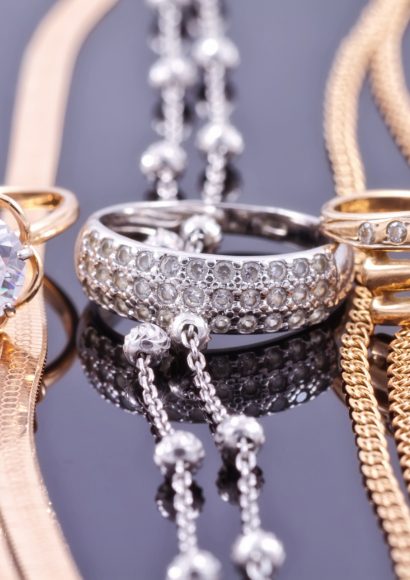#1 Cost-Effectiveness
When it comes to purchasing brass jewelry for business purposes, cost is often a primary consideration. For instance, according to Fine Metal Working, brass offers a cost-effective alternative to more expensive metals like gold or silver. Businesses can therefore acquire high-quality, aesthetically pleasing jewelry at a fraction of the cost, enabling them to stock a diverse range without depleting financial resources.
#2 Variety and Versatility
Brass is a highly versatile material that allows for the creation of a wide array of designs, from minimalist pieces to intricate, elaborate creations. For businesses, this means the opportunity to offer customers a broad range of options. Having a diverse product line like Rexjewel’s can attract a wider customer base and can keep the inventory fresh and engaging. Thus, the versatility of brass becomes a significant asset for businesses.
#3 Durability and Longevity
One of the most compelling features of brass jewelry is its durability. Brass is a corrosion-resistant metal, which increases the lifespan of the jewelry made from it. For businesses, this means the products are less likely to be returned or replaced, thereby improving customer satisfaction and loyalty. Furthermore, durable products enhance the reputation of a business, making it a preferred choice among consumers.
#4 Maintenance Requirements
Brass jewelry is durable, but it isn’t entirely maintenance-free. For example, over time, brass may tarnish or lose its luster, according to the Piping Mart. Providing customers with information about how to properly care for their brass jewelry can be an added value service that businesses offer. This can include tips on cleaning and storage, and even selling cleaning kits designed specifically for brass could be a potential revenue stream.
#5 Market Trends and Consumer Preferences
Brass jewelry has seen a surge in popularity in recent years, often due to its affordability and aesthetic appeal. By keeping an eye on current trends, businesses can better predict which styles and designs are likely to be successful. Moreover, understanding consumer preferences can guide future purchasing decisions, ensuring that the inventory remains relevant and appealing to customers.

